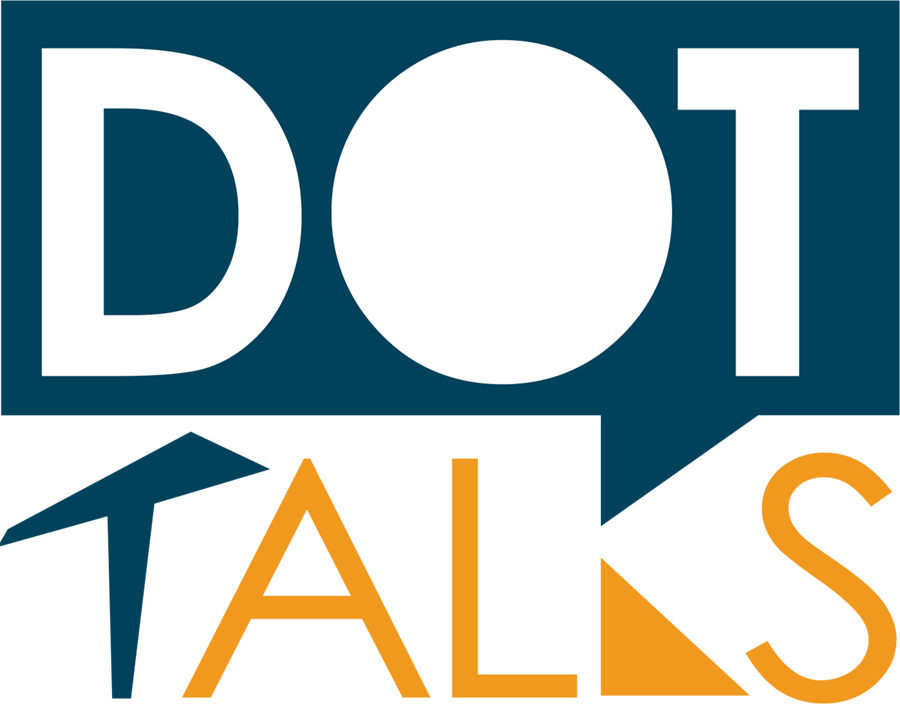We talk a good game about our Naga identity and preserving our culture. We all claim to be proud to be Naga and some even refuse to be labeled as Indians. Yet, when it comes to actually preserving our culture, we are not doing enough work. We need to develop our libraries and Museums, if we are actually serious. Our government run museums need to be properly funded and the youth need to visit these places on a regular basis for learning and exposure.
Priceless
When we hear the term museum, most of us would imagine it to be a place where some artifacts belonging to some ancient civilizations are kept. We go to a museum, see the objects displayed, contemplate on how beautiful or old it is and then come back. The role of a museum is more than just the displaying of the objects. It is educative and entertaining at the same time. The International Council of Museums (ICOM) has defined the term museum as a “non-profit institution, in the service of society, which acquires, conserves, communicates and exhibits for the purposes of study, education and enjoyment, material witnesses of evolution of nature and man.” Museum gives us a deep experience of our cultural evolution. People have different opinions about the role of museum. Some may find it boring, while some find it entertaining and educative at the same time. Museums can teach people about history, culture and many other aspects of life.
From the antiquarian stage till the present day, the role of museums has been changing. Modern ideas and methods have been introduced in the museums to keep up with the changing milieu and also to make it more attractive for the visitors. Museums these days have become a place of tourist attraction. For the tourists, visiting the museum will help them in understanding the history and the culture of the place they are visiting. A house of collections with closed walls have now extended to open air museums where the objects are now displayed in open spaces where the visitors can get the actual feel of the environment. There are different types of museums like anthropological museum, archaeological museum, craft museum, doll museum, natural history museum, eco-museum, tribal museum and so on. There is a museum of toilets as well which is located in New Delhi. I had never heard of such a museum before but when I first visited the museum in 2010, it was interesting and unique to me. The museum has a rare collection of facts, pictures and objects detailing the historic evolution of toilets from 2500 BC to date. It also displays the various toilet designs used in different countries at different points of time. Who would have thought that the French king Louis the XIV actually had a commode built under his throne. The replica of the throne is now being displayed in the museum. My visit to the museum was a unique experience, not because it was a museum of toilets but because I learnt something which I never would have known or thought of. Dr. Bindeshwar Pathak the founder of the toilet museum has rightly said, “The toilet is a part of the history of human hygiene and a critical chapter in the growth of civilization.” Museums have so much to offer then we could imagine.
In a small state like Nagaland we have a state museum in Kohima which people hardly visit, and some small private museums maintained by some private collectors or private institutions which people hardly know about. This is because there is a lack of awareness among the people. Museums can be used as a tool to bring awareness among the people to protect our cultural heritage. A nation’s past is reflected in the museum through its collections which represents the rich cultural heritage of the past. There are so many things to learn yet so little interest. One way of making the people aware on the importance of museum is through schools and colleges. Museums in educational institutions will help educate the students through informal learning. One of the main aims of a museum is to educate, and therefore educational institutions can be the right platform to fulfil its objective. The students can be encouraged to actively participate in the museum activities whilst learning about their past cultures.
The identity of a community is reflected through the museum. Nagas have a rich cultural heritage- what we live with today and what we can pass on to our future generation. The cultural materials that we have, can be collected, preserved and displayed in the museums. Many a times we neglect or destroy our cultural heritage because of our ignorance. Museum is a culture centre, a medium of life-long education through which we can create awareness on our historical, social and political developments. A visit to the museum is an education in itself because you never know what you might find and learn.











